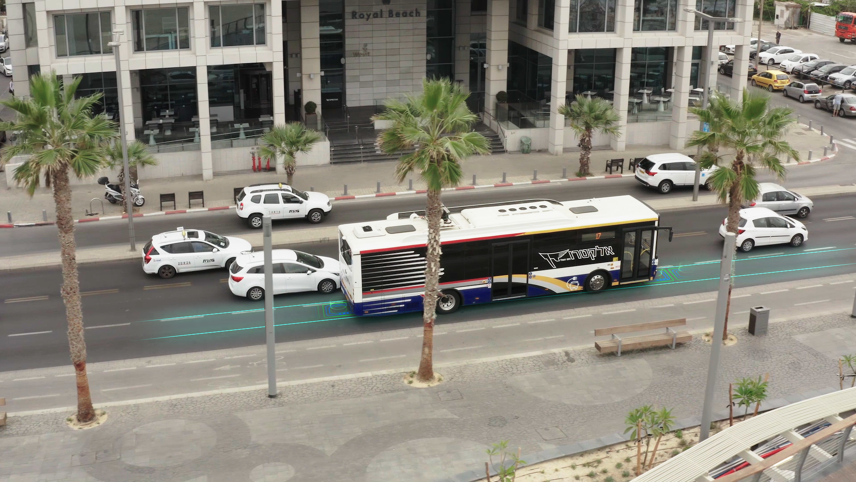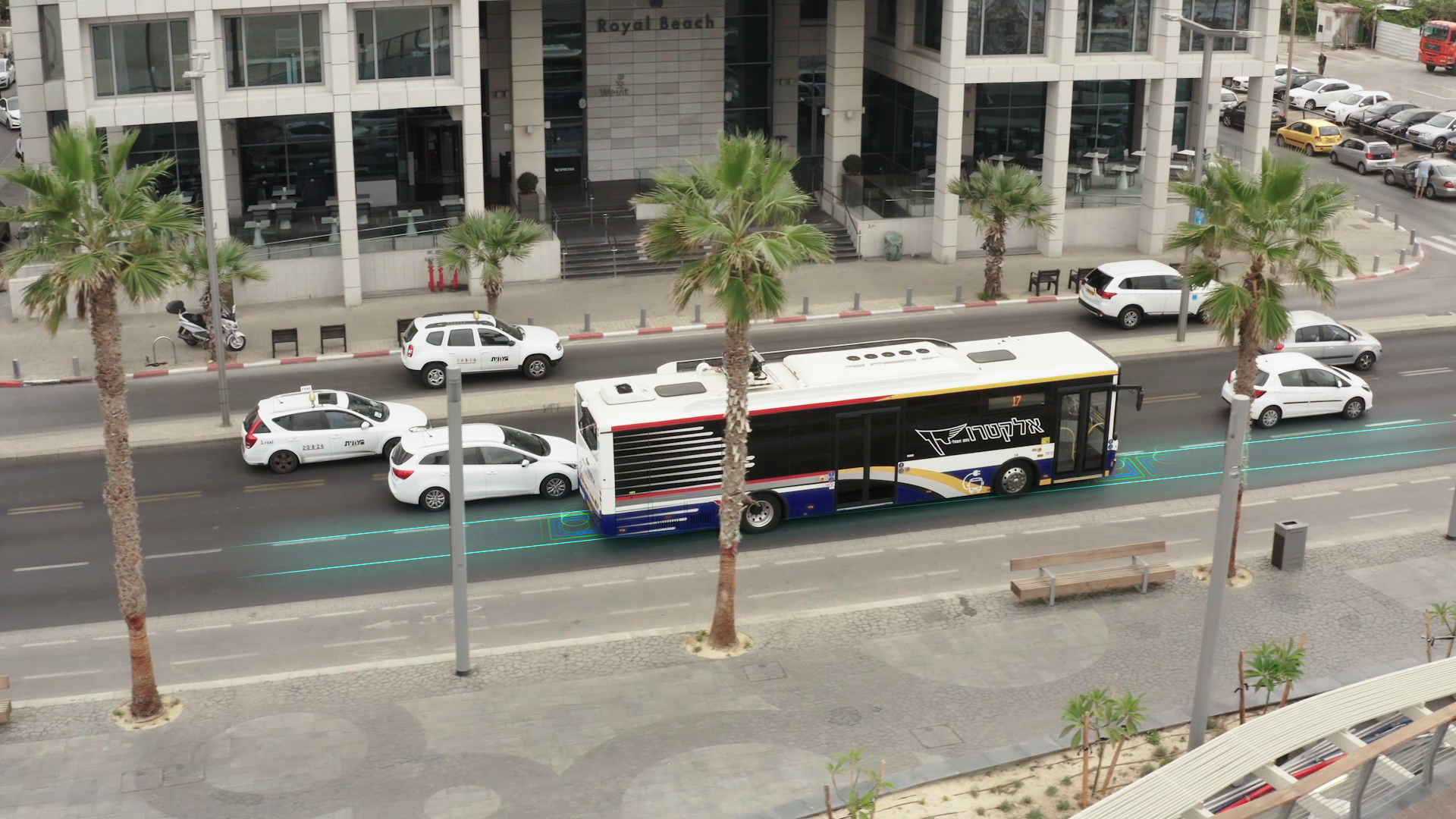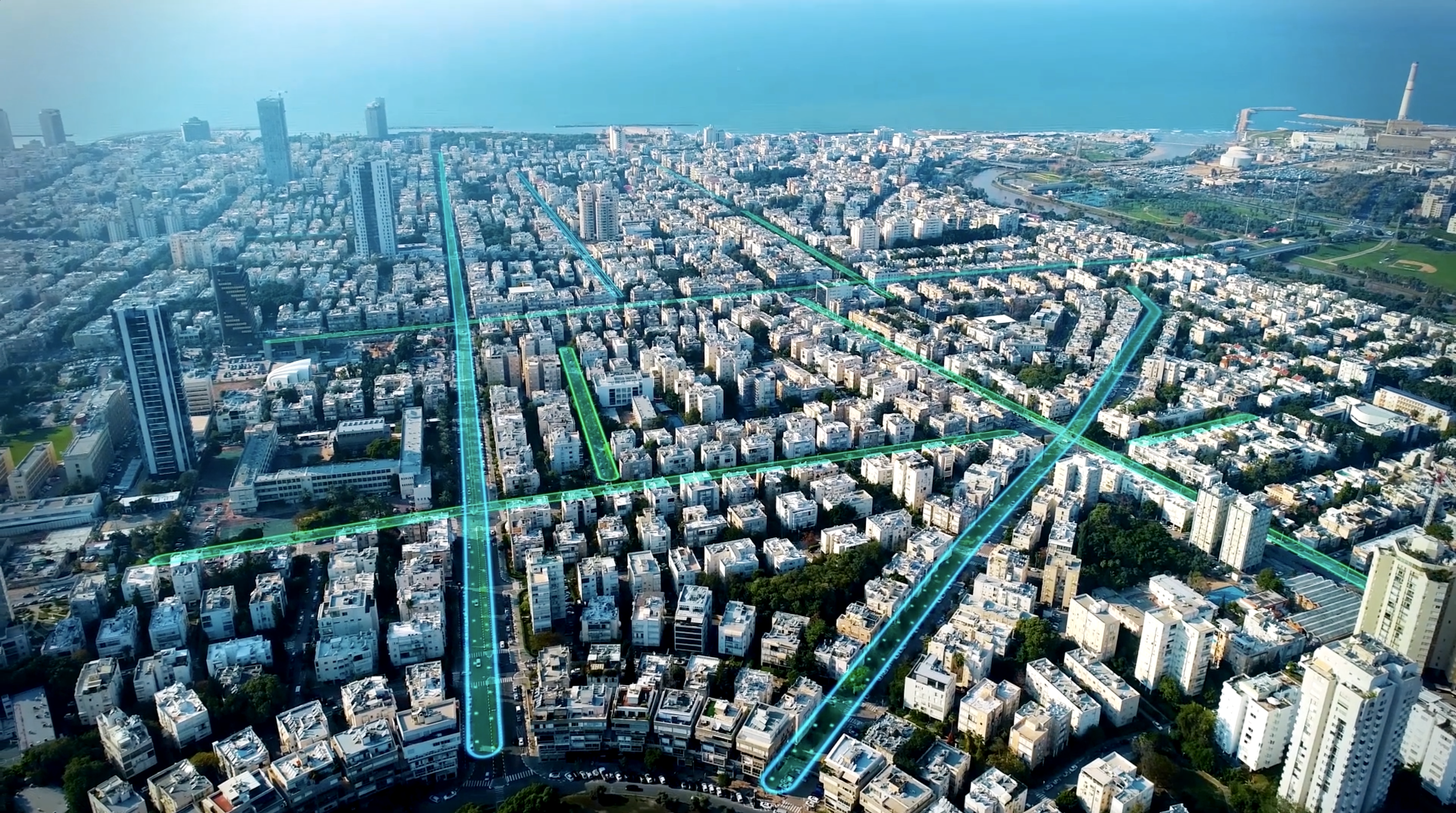You’ve reached your limit!
To continue enjoying Utility Week Innovate, brought to you in association with Utility Week Live or gain unlimited Utility Week site access choose the option that applies to you below:
Register to access Utility Week Innovate
- Get the latest insight on frontline business challenges
- Receive specialist sector newsletters to keep you informed
- Access our Utility Week Innovate content for free
- Join us in bringing collaborative innovation to life at Utility Week Live

A network of EV charging stations is taking shape, but what if this technology is joined by a rival methodology, wireless charge-as-you-drive? Researchers are already laying test strips in roadways, and Western Power Distribution is examining the implications for its networks. UW Innovate spoke to WPD innovation manager Yiango Mavrocostanti.
Would the ability to charge a vehicle wirelessly as it drives, without having to factor in “range anxiety”, stops at charging stations or installing charging infrastructure in congested cities, boost the uptake of electric vehicles?
That’s the premise behind a series of worldwide trials of wireless or dynamic electric vehicle charging, which uses the electromagnetic field generated by a charging coil underneath the road surface to charge a battery in car, buses, public vehicles or delivery vehicles.
And while the trials are still very much in the realm of researchers and investors, Western Power Distribution is looking ahead to the day its network might need to offer dynamic charging functionality. In a £475k project funded through the Network Innovation Allowance, WPD, Coventry City Council, Coventry University, low carbon transport consultancy Cenex and other partners are conducting a 14-month research project to assess the feasibility of adopting dynamic charging in the West Midlands and the wider UK.
The starting point will be capturing the learning generated from projects that explored wireless charging overseas. For instance, Israeli company ElectReon has built a 600m stretch of “smart road” in Tel Aviv for a trial run in conjunction with the city bus company.

Meanwhile, US rival WiTricity acquired the intellectual property of a wireless charging system developed by US software company Qualcomm. An earlier version, trialled in London in 2013, and in an EU-funded EUR 9 million project in 2017 in Versailles, France, resulted in energy transfers at 90% efficiency. WiTricity is now advancing the technology from its research centre in Auckland, New Zealand.
Potentially, dynamic charging could make EV batteries smaller because they could be charged up regularly, in small, frequent bursts. Arguably, that would lead to cheaper EVs and, consequently, increased adoption. As the trials suggest, the technology is also of interest to bus companies and public service vehicle operators, which need to be on the road rather than charging.
Yiango Mavrocostanti, innovation manager at WPD, explained the aims and parameters of the DynaCoV (Dynamic Charging of Vehicles) project to UW Innovate.

What are the aims of the project? Is it going to lead to a live trial? We won’t be digging up any roads yet! We are doing this project to understand how feasible it is to have dynamic wireless charging on motorways in the UK, and what that actually means in terms of the impact it could have on our network, and providing a connection to such a system. So the aim is to conclude whether such an implementation is feasible, and therefore should we proceed to trial perhaps as a next step.
If successful, it could be provide an important, alternative way of charging. Not everyone will be able to charge at home, or to afford an electric vehicle charger or even have off street parking available or access to workplace or destination charging. So it’s important to explore options of how we can make it easier for UK consumers to charge their cars, and to accelerate faster adoption of electric vehicles.
How far has this technology progressed in other countries?
The first part of the work was to do an assessment of similar work abroad; implementations in Europe have trialled the technology on a specific, limited pieces of road of infrastructure, but nowhere has implemented it as a “business as usual” system.
Israel has a trial on 600m of road, and we’ve seen other implementations in Sweden, Germany and Italy. Here in the UK it’s not about proving whether you can technically charge a vehicle on the road as it passes over it, but what do you need to do to facilitate it for consumers? What do the Distribution Network Operators need to do in order to be able to support such a connection in their network? That’s what distinguishes us from any other work that has been done before. It’s a big piece of the puzzle.
So how does it work, technically?
The EV needs to be able to communicate with the system on the road, so you need cars that have that capability to do that. We have some vehicle manufacturers involved in the project [Toyota] so that we can assess whether it is feasible to produce electric cars with that technology. It’s also the elements of how you charge the customers when they charge their cars – there are different complexities.
The project is about understanding what technology should be applied and how close we are, in terms of being able to try it out. The most important thing for us as a DNO is to understand how it will affect our network. If the distribution network is not ready, and doesn’t have the capacity or the systems to support technologies like this, then it would be a barrier.

In Israel, the inductive coil is embedded in the asphalt (which creates an electromagnetic field that can charge a second inductive coil on the vehicle). Is that the idea, or would it be possible to lay some kind of strip on the road surface?
We don’t know yet what would be the best way of doing it. That’s one of the things we will be exploring – how can you do this with minimal disruption, to people and traffic? Technically, what do you need to have on site to be able to do such an installation? We need to resolve all of those unknowns.
But if this does become a viable technology, it’s kind of game changing.
Definitely. It sounds like a concept that’s really far away, it sounds like it’s not mature enough yet. But that actually isn’t that case, so it is important for us to look at these technologies, to ensure that we will be able to support them. We are seeing things changing really fast in the area of EVs. It’s a big responsibility for us to ensure that we do move fast as DNOs and change our network to make it more enabled to support this technology.
On a dual carriageway or a motorway with several lanes, will just one lane have dynamic charging? And are HGVs and buses a primary target?
Yes, the challenge with HGVs is that battery technology is not sufficient for larger and heavier vehicles. So a charge-as-they-drive solution will be really important, to extend their range and make adoption easier.
In terms of how much capacity you have for charging, whether it’s one lane or two, that’s exactly why we are doing the feasibility study, to understand what makes sense. Would we need more than one lane? And if we have one, how is that going to affect traffic? We’re looking at those whole system considerations that go beyond just the electricity. That’s exactly why we have National Express, Toyota and Transport for West Midlands as partners on the project.
Who else is involved in the team?
One innovation engineer from my team is working on it from our side as the WPD project manager. Coventry University are leading the coordination of the other project partners. It was Coventry City Council that got in touch with us with the overall idea and we are excited to be working with them. This project brings together lots of different sectors and we get the chance to interact with experts from transport and others to get the knowledge really, that we wouldn’t be able to get if we were working in isolation. We think there’s no other way we can achieve net zero: cross sector collaboration is necessary and we have plans to continue leading more collaborations like this one.
What could the final report – due in February 2022 – recommend? The project will tell us whether we should invest in a trial, depending on whether it has the potential to provide benefits for UK consumers. And if it does conclude that, our next step would be to shape up a trial, and if not capture the barriers to understand more about them. We are looking forward to completing this project and deciding our next steps in this exciting area!
Please login or Register to leave a comment.